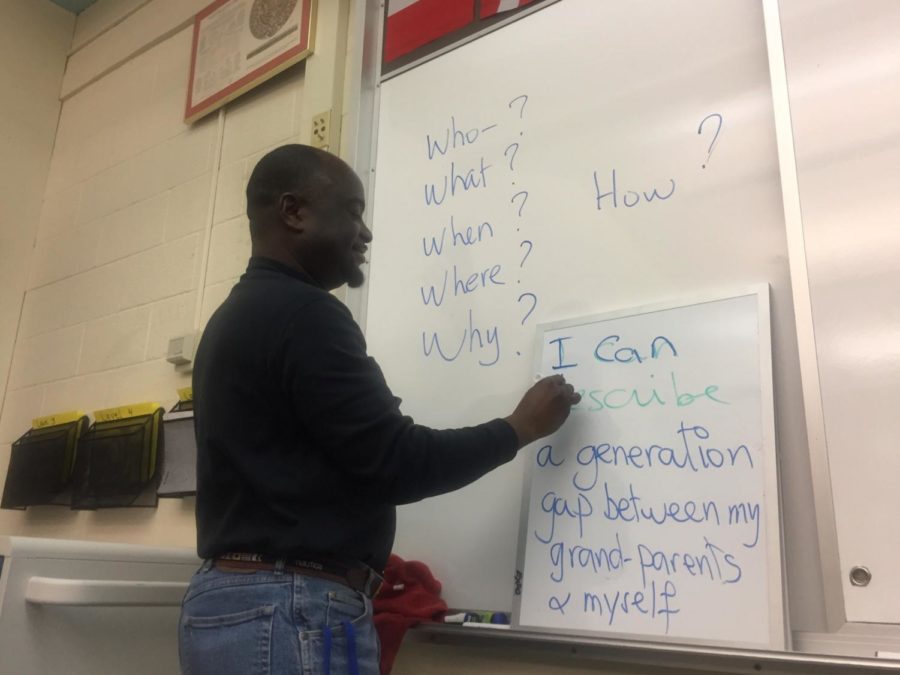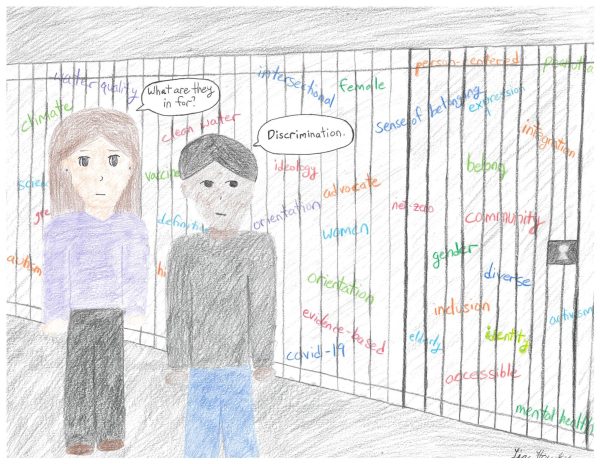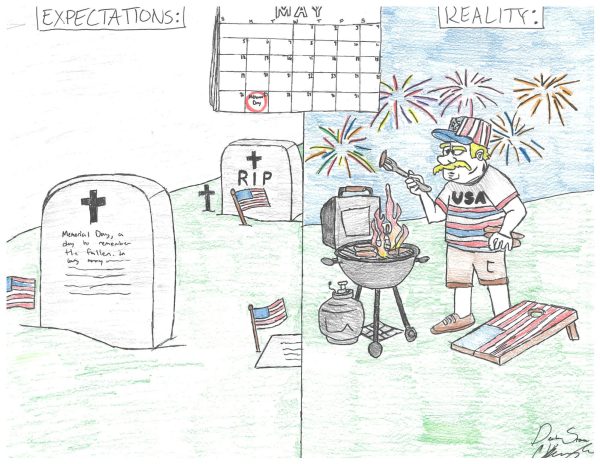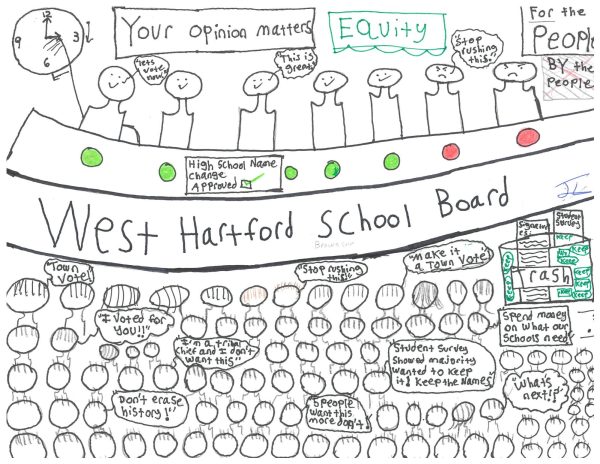Staff vs. Students: A Diversity Divide
Bruno Koffi, one of the few minority teachers at Hall teaching his 11th grade French class.

An African American history class being taught
Think about your favorite teacher; more than likely they are white and or female. In a society where education is pivotal for the modern teenager and the progression of diversity is increasing in the educational system, 87% of teachers are white and 74% are female (Valentin). Although the number of colored teachers has increased over the years, students can’t help but notice how different they look from the people that are teaching them.
A student must form connections and relationships that will not only benefit them in their future. According to educator Nicholas Shudak, “The belief is that eliminating barriers of cultural miscommunication and misunderstanding between teachers and students leads to higher student achievement (Shudak)”. Relating to a student based on culture, race, and or gender is a blessing; teachers can use these similarities to their advantages. When challenges arise for an educator to associate themselves with a student, the best outcome is acknowledging their differences. A teacher at Hall High School, Mrs. Laone, states, “I think the best way is to understand them [students], give them the opportunity to talk to you, and be open to the students about yourself, and try to relate to them. We try our best to communicate and help anybody that needs help.” Student teacher relationships benefit students to an extent, as having a teacher look like them makes them feel more comfortable.
Bias has been present throughout educational history with colored children, especially black, feeling these repercussions and lack of optimism for their future, while white students have succeeded in the classrooms (Miller). The students of color can feel a desire and need for a role model who looks like them. In the article, Diversity in Teacher Education: a Double Helix states that “Individuals whose identity is not recognized or is misrecognized by social institutions within a liberal society are harmed. They cannot give meaning to their lives when they do not see themselves represented in the institutions that comprise the larger cultural context that surrounds them ”(Shudak). Only when students feel represented, will they feel worthy of attention.
In an interview with Mr. David, he said “A lot of Hispanic people don’t want to go into teaching because they think it does not provide a lot of money”. Many racial backgrounds avoid going into the teaching field because they don’t think teachers get paid enough- and it’s true. According to U.S.News, highschool teachers made a median salary of $59,170, but If we don’t diversify schools, we are going to pay more than salaries can add up.
Out of the all the educators in West Hartford, 93% are white, leaving only about 7% to represent minorities (CSDE). The solution- bringing awareness to these differences and encouraging more people of color, and gender to join the education field.






